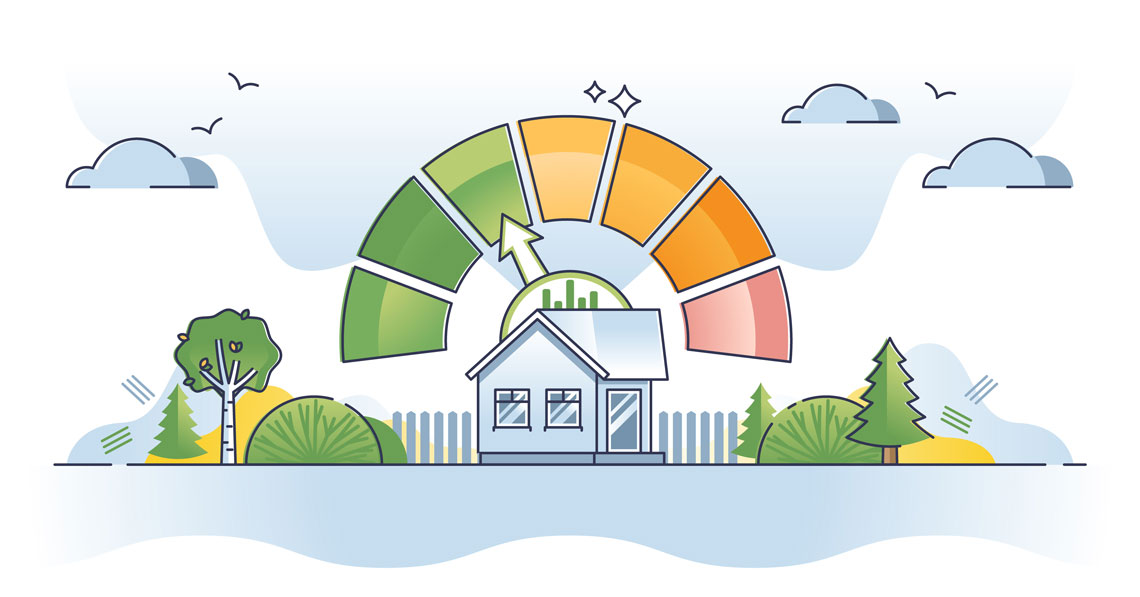November 15 2023

As we make our homes more energy efficient, it becomes even more important to test for radon and reduce the levels if they are too high.
Have you heard of radon? It’s a colourless, odourless radioactive gas that comes from the natural breakdown of uranium in the ground. Radon gas can seep into our homes undetected. Although any level of radon carries a health risk, when you are exposed to high levels of radon, it can lead to lung cancer. In fact, radon is the leading cause of lung cancer among people who don’t smoke!
Radon gets released from the soil. It is then most often diluted by mixing with outdoor air and doesn’t pose a health concern. However, when it comes in contact with a home’s foundation, it can find lots of different ways to get in such as cracks, openings or gaps around pipes, and unsealed fittings (ex. sump covers). Once inside the home, radon gas is not diluted and can accumulate to levels where it can pose a significant health risk.
Some energy efficiency upgrades can cause radon levels to increase, even more, over time in your home. Airtight buildings reduce energy loss and help address climate change, but they can also impact indoor air quality. Energy retrofits can reduce air exchange and inadvertently increase radon levels.
"We are making our homes more airtight, and we are also seeing that radon levels are increasing", says Pawel Mekarski, Head of the Radon Technical Operations Section at Health Canada. "Studies are suggesting that some energy efficiency measures are causing this increase and we are continuing to look into this for Canadian homes."
Pawel and his colleague Robert Stainforth, Radiation Coordination Specialist, conducted a survey on homes in the Halifax region that found that radon levels in homes had not been reduced following the introduction of new radon control measures in the National Building Code in 2010.
"When you think about it, it has become far more accessible to update the top part of your home (like the windows and doors), and it’s less obvious to improve the bottom (generally the foundation)," explains Robert. "This is important when it comes to increasing radon levels. We are working towards strengthening Canada’s building codes to make housing more resilient to these issues, in order to significantly reduce radon in Canadian homes."
In a home, if you have added insulation and sealed up the windows and doors to make the home more energy efficient, it reduces the opportunity for the radon inside to leave naturally through tiny cracks or openings. Over time, this can cause radon to accumulate even more.
Proposed changes to the National Building Code would ensure homes are built in a way that reduces radon getting into the home. A radon control system proposed for the 2025 National Building Code would relieve the high pressure under the house by creating a radon exhaust from under the foundation that runs all the way up to the top of the house and out through the roof. That way, the radon gas gets redirected and once outside is diluted to concentrations where it no longer poses a health risk.
While experts continue to update the National Building Code to provide better protection, it is still important for all homeowners, whether their home is new, old, or renovated, to test their home for radon. If their radon levels are high, homeowners should take action to reduce them, which in turn reduces their risk of lung cancer due to radon exposure. Reducing radon is easy and can save lives. A radon mitigation system can be installed in less than a day and can reduce radon levels by over 90%.
